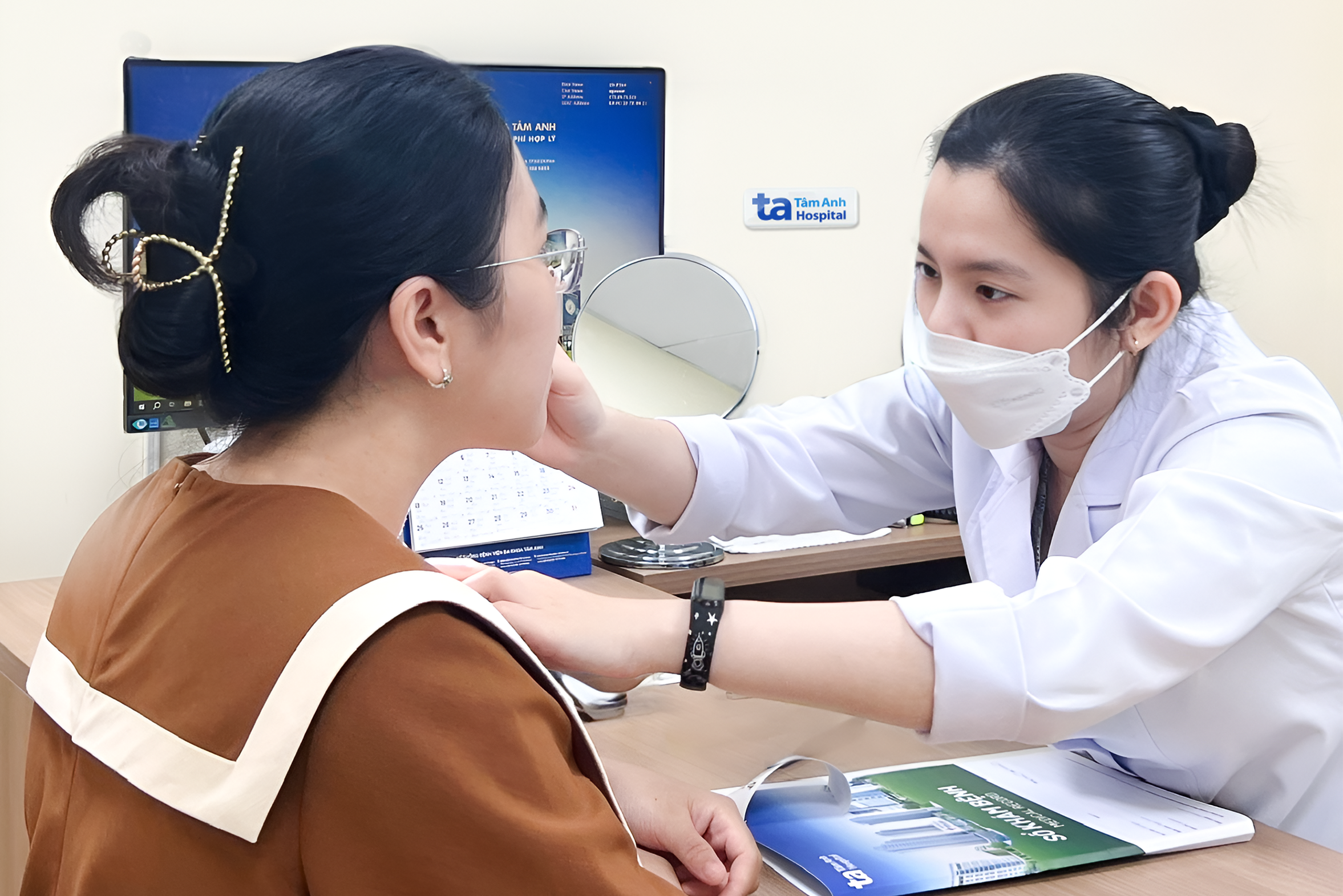Even with sunscreen and protective clothing, sunburns and redness can still occur after intense sun exposure. This damage can cause pain, peeling, and increase the risk of skin cancer with repeated exposure. Doctor Tran Nguyen Anh Thu, a dermatologist at Tam Anh General Hospital in Ho Chi Minh City, offers guidance on how to care for sun-exposed skin.
Cooling the skin
If your skin feels hot or looks red, immediately move to a shaded or cool area. Apply a cool, wet cloth to the affected area for 10-15 minutes to reduce heat. Avoid applying ice directly to the skin.
Moisturizing
Use a moisturizer with soothing ingredients like aloe vera, vitamin E, or panthenol. These ingredients reduce inflammation, promote skin regeneration, and prevent peeling. Apply moisturizer several times a day to maintain hydration.
Rehydration and nutrients
Drink at least two liters of water daily, prioritizing plain water and juices rich in vitamins C and E. These vitamins have antioxidant properties that boost skin recovery, reduce inflammation, and improve overall skin health. A diet rich in leafy greens, fresh fruits, and nuts like oranges, strawberries, almonds, and walnuts can further enhance skin resilience.
 |
Doctor Thu examines a patient's skin. Photo: Tam Anh General Hospital |
Doctor Thu examines a patient's skin. Photo: Tam Anh General Hospital
Avoiding harsh treatments
Avoid scratching, scrubbing, exfoliating, or using harsh soaps for a few days after sun exposure. These actions can lead to infection and further damage.
Using sunscreen outdoors
Once your skin has recovered, continue protecting it with broad-spectrum sunscreen (SPF 30 or higher). Reapply every 2 hours, especially during outdoor activities. Limit sun exposure during peak hours (10 a.m. to 4 p.m.). Wear a wide-brimmed hat, sunglasses, and long-sleeved clothing for added UV protection.
Minh Huong
| Readers can submit questions about dermatological issues here for doctor's answers. |












